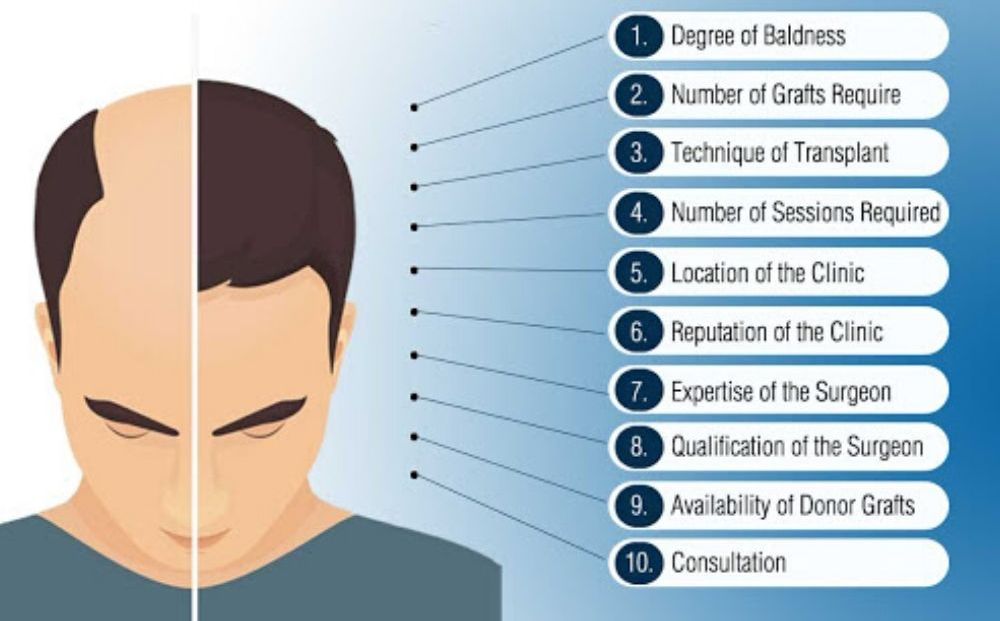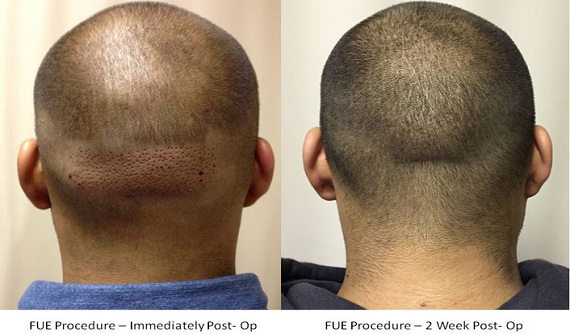Hair transplant is a surgical procedure used to treat hair loss /bald patches by transplanting hair from one part of the body to another. It is mainly used in male pattern baldness, but female pattern is also used in hair loss caused due to lifestyle, trauma, burn, surgical incision.
Male pattern baldness is found in almost 90% of cases. There are mainly two types of patients, in the first case, young people below 20 years of age have developed a higher level of baldness and in the second, those who are below 40 years of age have lost more than average hair according to their age.
Are you one of them?
Hair transplant is a purely selective process and the personal desires of the patient are the key motivating factor for hair transplant treatment. Baldness disturbs personal, social and professional life of a person, and the people who are sensitive to it become very apprehensive and are unable to talk confidently with other people. Hair transplant can prove to be life-changing in these situations.
Male pattern baldness or androgenetic alopecia is hereditary and is controlled by genetics. Hair roots are programmed genetically to halt production of new hair follicles after a certain age, which is determined by genetic factors. These genes are triggered by testosterone. Hair loss is grouped according to the Norwood scale. There are given between 1 to 7, level 6 & 7 are the critical cases in which hair transplant is not recommended because the donor site becomes very weak and thus the chances of the failure is increased.
The concept of ‘safe donor zone’ is the basis of the hair transplant. It is noticed that even in severe bald cases, safer donor zone hair are still present. These are the areas in which hair follicles are not controlled by hormones and genes, thus remain throughout the life span. Hair is taken from this region and then transplanted in the areas of baldness. Transplanted hair remains throughout life and this is the reason that makes Hair Transplant so popular.
Hair transplants are made from two main methods, FUT and FUE. The only way to extract hair is different; the transplantation is done in the same way.

In FUT or follicular unit transplantation or strip method, one strip of 1 cm wide skin is cut from the scalp or safe donor zone. Specialized surgeons then divide this strip into individual hair follicles. These follicles are transplanted into bald areas in the second step.
In the latest and most preferred method called is FUE follicular unit extraction, a micro needle of 1 mm or less is used to remove each hair follicle containing 1 to 4 hairs. Small spherical holes are pierced and no visible mark is left.
The simple method of transplantation is to make a small incision and plant the hair follicle in it. This incision is made using a small knife or needle.
One of the major advantages of FUE is that it is the least painful after the procedure and it does not leave any scar. The disadvantage of this is that it takes relatively longer time and requires more sessions. In FUT, there is a stitch on the back of the patient’s head, which also causes inconvenience for months. In FUE, on average, approximately 2000 grafts can be transplanted in a day, whereas in FUT upto 3000 grafts per day can be done. Usually a session of one day runs for about 5 – 6 hours depending on the requirements of the hair transplant. Brakes, toilet breaks, etc. for lunch can be taken at any time without any problem. The patient can go home after the session and, if necessary, can come again the next day for the second session. Generally, the FUE is more expensive than FUT because the surgeon has to spend more time.
For the hair transplantation, the surgeon has to determine the appeal of the hairline and then have to draw it. The number of the grafts required, the age of the patient, the possibility of advance hair loss, the natural appeal, the density of the planned hair, etc. are all factors that need to be considered and on which the cost of the hair transplant will depend on.
For further help & guidance please feel free to talk to us care@hairdoctors.in





 can help you
can help you





